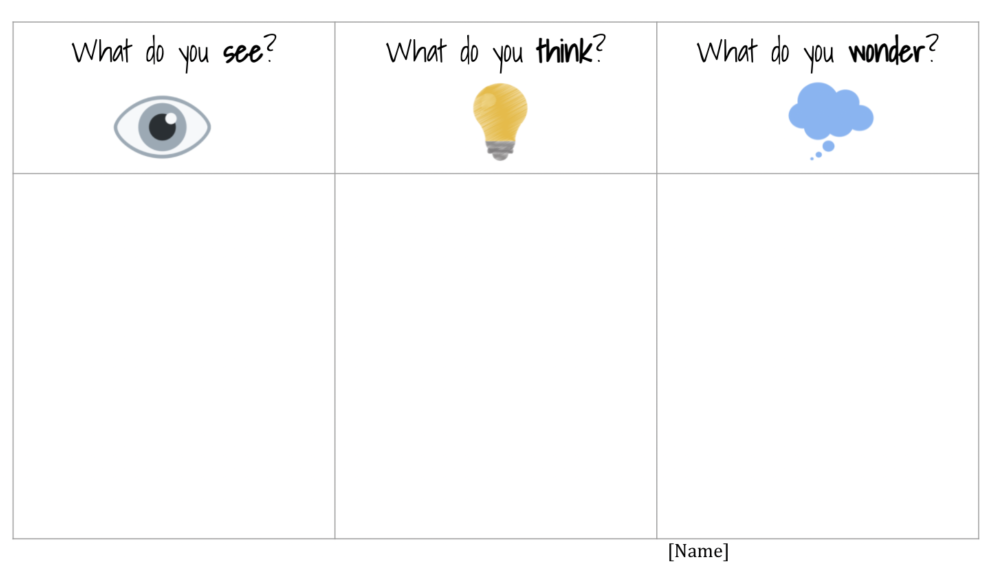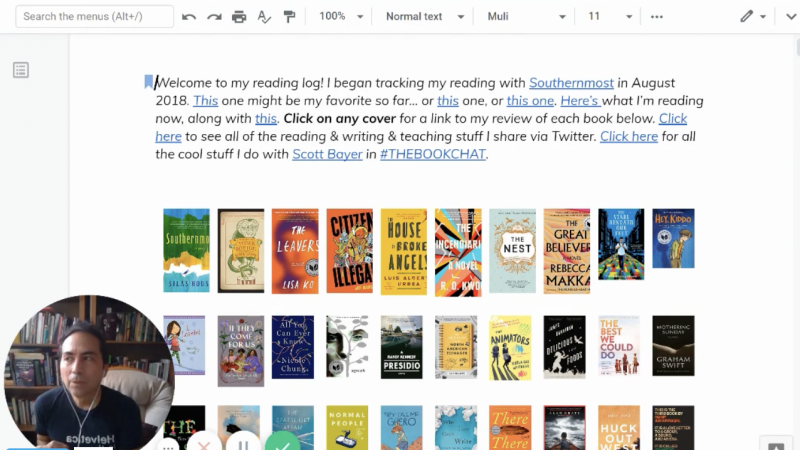Three Ways to Empower Students to Co-Design Learning
As students navigate experiences in new ways and from new places, often with greater independence, the need for students to take ownership for learning is heightened. More than ever, a shift from educator-designed experiences to co-designed learning matters. When we talk about co-designing learning with students we are not abandoning the role of the teacher, of thoughtful planning, or of established curricula. Co-designed learning means that students are equipped with the environment, skills, and structures for taking active, empowered roles in working towards relevant learning targets. Students know themselves as learners, know their interests, and know how to strategically pursue their own learning pathways.
How do we empower students to co-design their own learning? It begins with three essential foundations:
Prioritize Belonging
How we design for students to be known, supported, and heard impacts if students have what they need to lead their own learning. The National Equity Project defines educational equity as each child receiving “what they need to develop to their full academic and social potential.” A starting point in designing for educational equity is establishing classrooms that promote equity. In her interview with Dr. Dena Simmons, Jennifer Gonzalez shares, “The relationships we build with our students have a profound influence on their success in school. In order for our students to perform well academically, they need to feel safe, both physically and psychologically. They need to feel a sense of belonging.” In “Equity and Voice: How a Sense of Belonging Promotes Students’ Agency”, Allison Lee and Meg Riordan reinforce the impact of belonging on learning: “students’ sense of belonging matters. It matters in promoting deeper learning and equity. It matters every day, in every classroom, in every school.” Cultivating belonging sets the conditions for students to feel safe enough to make choices, to take risks, and to drive next steps. And at the same time, when students are in the role of co-designers, they continue to feed conditions that promote belonging. Prioritizing belonging is an essential foundation in students sustaining ownership of their learning.
How do you design for belonging? Read: How to Cultivate Belonging in Online Learning by Ellen Min Hartman for examples from GOA courses.
Design for Agency
Agency goes beyond students choosing options from a playlist or choice board. These are helpful starting points, but without students also having ownership in how they achieve goals, options for choice do not carry lasting meaning and relevance. In “What Do You Mean When You Say ‘Student Agency?’”, Jennifer Davis Poon shares three components that shift students into the role of co-designers: Agency-empowered students set learning goals, initiate action towards those goals, and reflect on progress towards goals. In short, agency begins with students knowing their learning targets deeply and in having an active role in how they achieve them.
How do you ensure your students know their learning goals? Watch Joel Garza (@JoelRGarza) of GOA and Greenhill School invite his students to reflect on skills
Establish and Maintain Structures
What structures bring co-designed experiences to life? Unless educators implement systems and structures that offer students metacognitive opportunities to reflect on learning, to make choices for next steps, and to receive helpful feedback throughout a process, students are left without a framework for exercising agency as co-designers. Established structures give students access points for participation.
Implementing structures and routines like weekly check-ins and conferences on learning, regular reflection protocols, and peer-to-peer feedback opportunities aligned to the language of learning goals empowers students to gather evidence for learning and to choose their next steps, to adapt their approaches, to leverage their interests, and to select the right tools for the next task.
How do you leverage structures for students to take action for their own next steps in learning? Harvard’s Project Zero Thinking Routine Toolbox is a starting point for planning participation structures.

From Dr. Catlin Tucker, Support Online Learning with Powerful Thinking Routines
Going Forward
When these three foundations are in place, students and teachers can make the shift from educator-designed experiences to co-designed learning. How are you already taking steps towards students co-designing with you?
This article is part of a series of articles on the practical shifts classroom teachers can make to promote agency, equity and transfer. To learn more, check out GOA’s From Educator-Designed to Co-Designed professional learning course. Registration is here.

